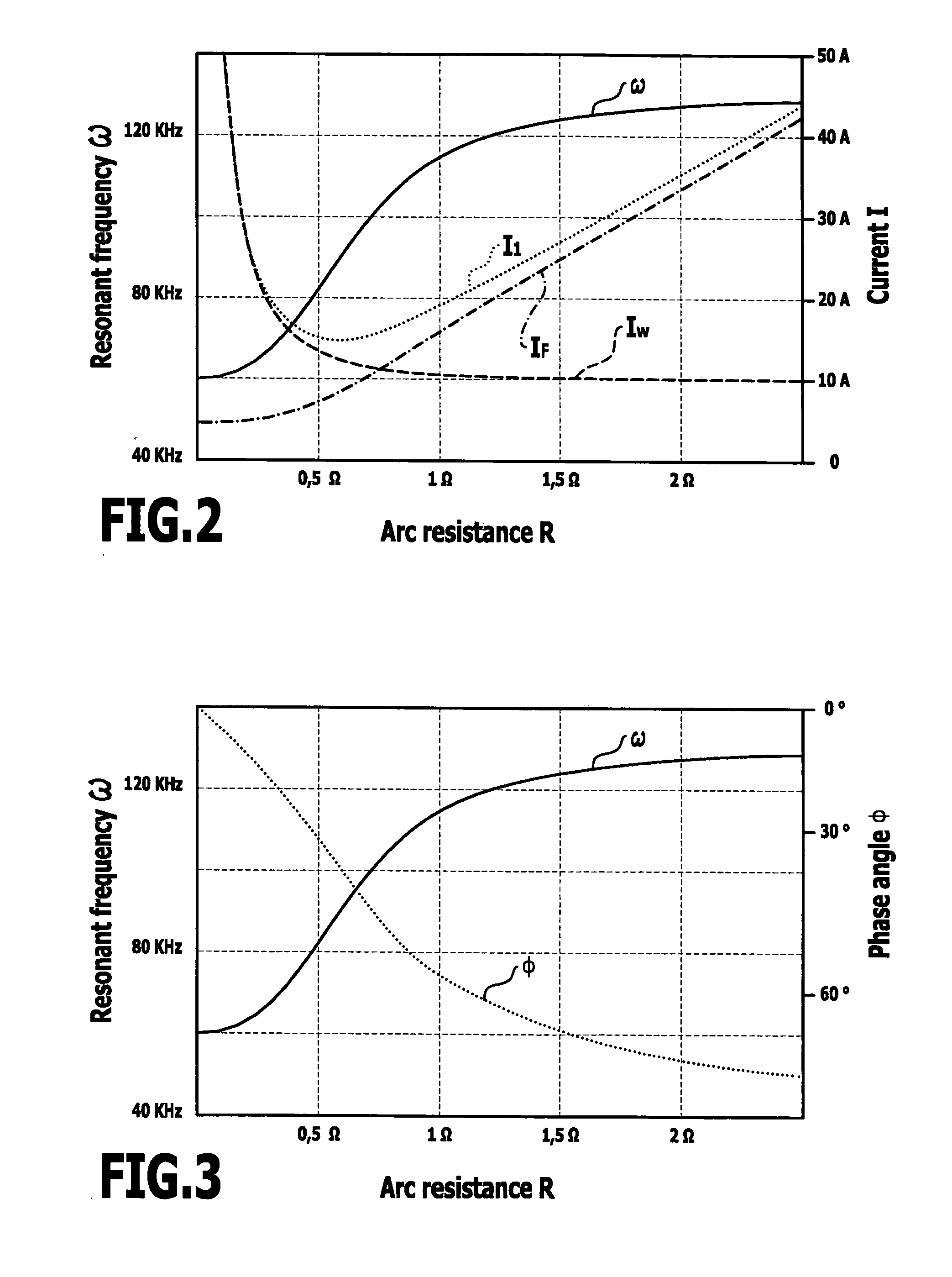Method for regulating a welding current source and welding current source for carrying out the method
a technology of welding current source and welding electrode, which is applied in the direction of welding apparatus, arc welding apparatus, manufacturing tools, etc., can solve the problems of relatively high cost of use of transducer based on hall principle, and increase the welding current flowing from the welding electrode to the workpiece, so as to improve the regulation of welding current and low cost
- Summary
- Abstract
- Description
- Claims
- Application Information
AI Technical Summary
Benefits of technology
Problems solved by technology
Method used
Image
Examples
Embodiment Construction
[0033]In FIG. 1, a simplified block diagram of a welding current source according to the invention is schematically represented. This welding current source comprises a rectifier 11 on the input side, which is adapted to be connected in a manner that is customary and not apparent from the drawing to a power supply network, in particular to a public power supply network, such as for example an alternating voltage network with 230 V or 400 V. In the rectifier 11 on the input side, the alternating voltage provided by the power supply network is rectified.
[0034]The rectifier 11 on the input side is connected to a bridge circuit 13 and supplies it with direct current voltage. In the exemplary embodiment represented, the bridge circuit 13 is formed as a full bridge and has four switching elements 15, 16, 17, 18 with associated freewheeling diodes 21, 22, 23, 24. Bridge circuits 13 of this kind are known per se to a person skilled in the art and therefore need no further explanation here. ...
PUM
| Property | Measurement | Unit |
|---|---|---|
| resistance | aaaaa | aaaaa |
| phase angle | aaaaa | aaaaa |
| phase angle | aaaaa | aaaaa |
Abstract
Description
Claims
Application Information
 Login to View More
Login to View More - R&D
- Intellectual Property
- Life Sciences
- Materials
- Tech Scout
- Unparalleled Data Quality
- Higher Quality Content
- 60% Fewer Hallucinations
Browse by: Latest US Patents, China's latest patents, Technical Efficacy Thesaurus, Application Domain, Technology Topic, Popular Technical Reports.
© 2025 PatSnap. All rights reserved.Legal|Privacy policy|Modern Slavery Act Transparency Statement|Sitemap|About US| Contact US: help@patsnap.com



